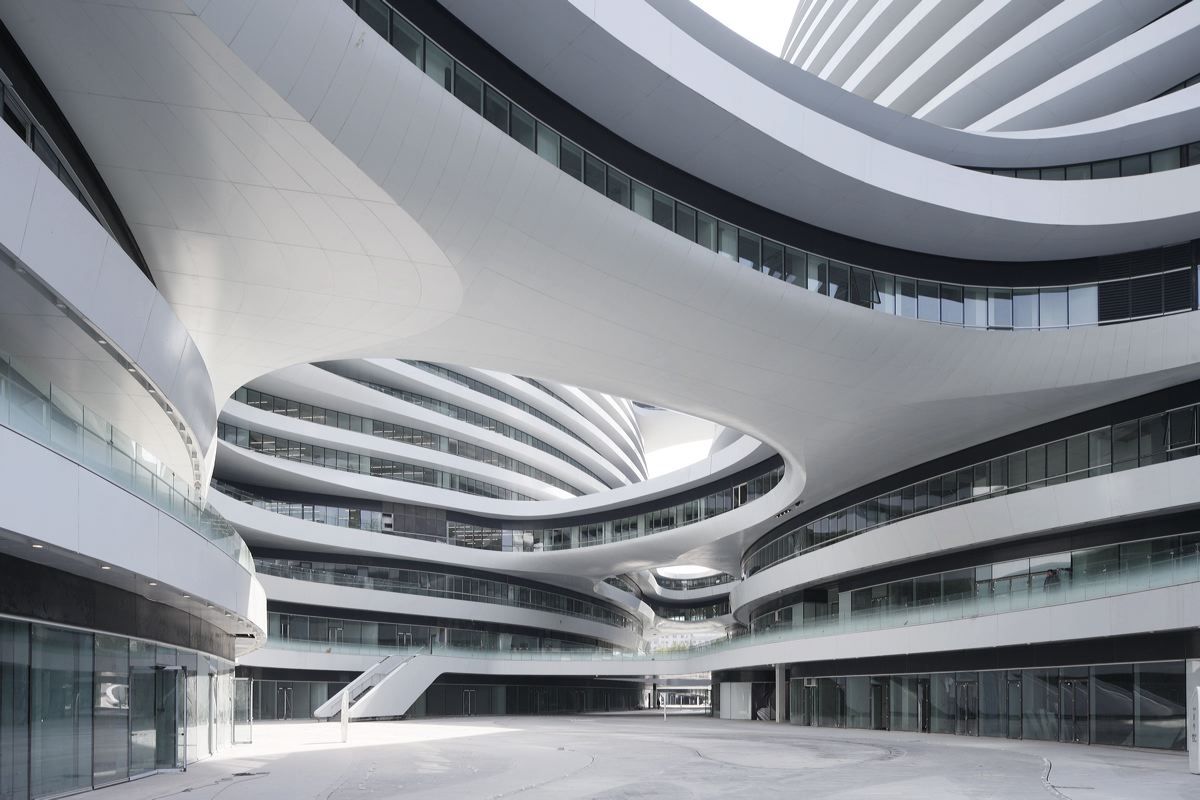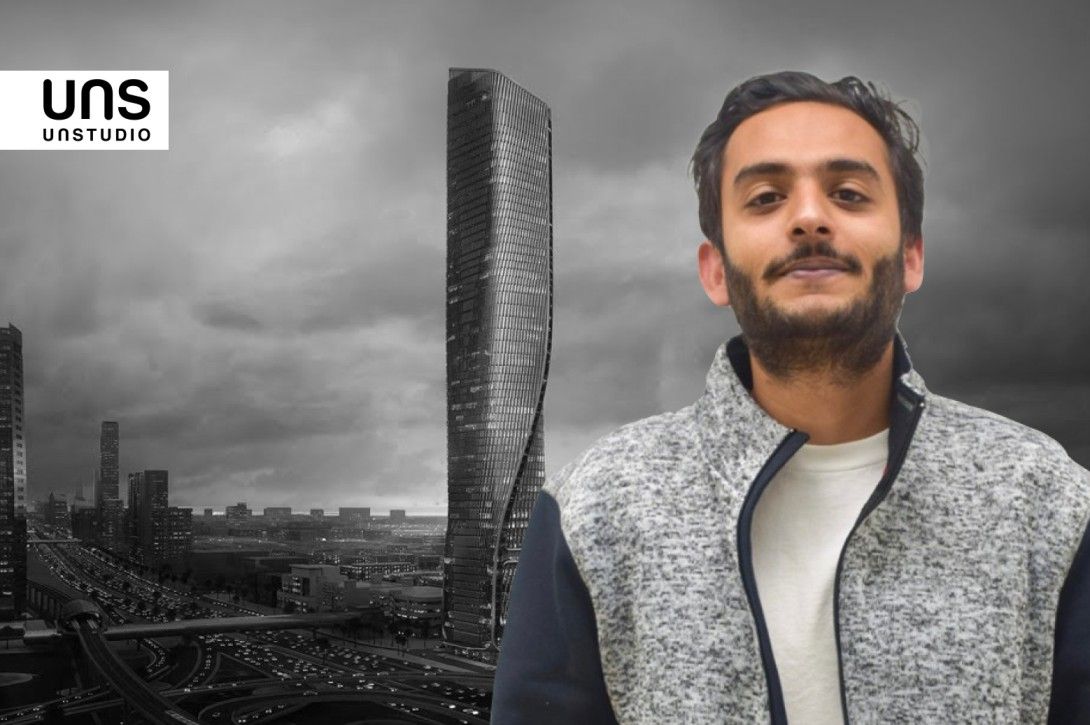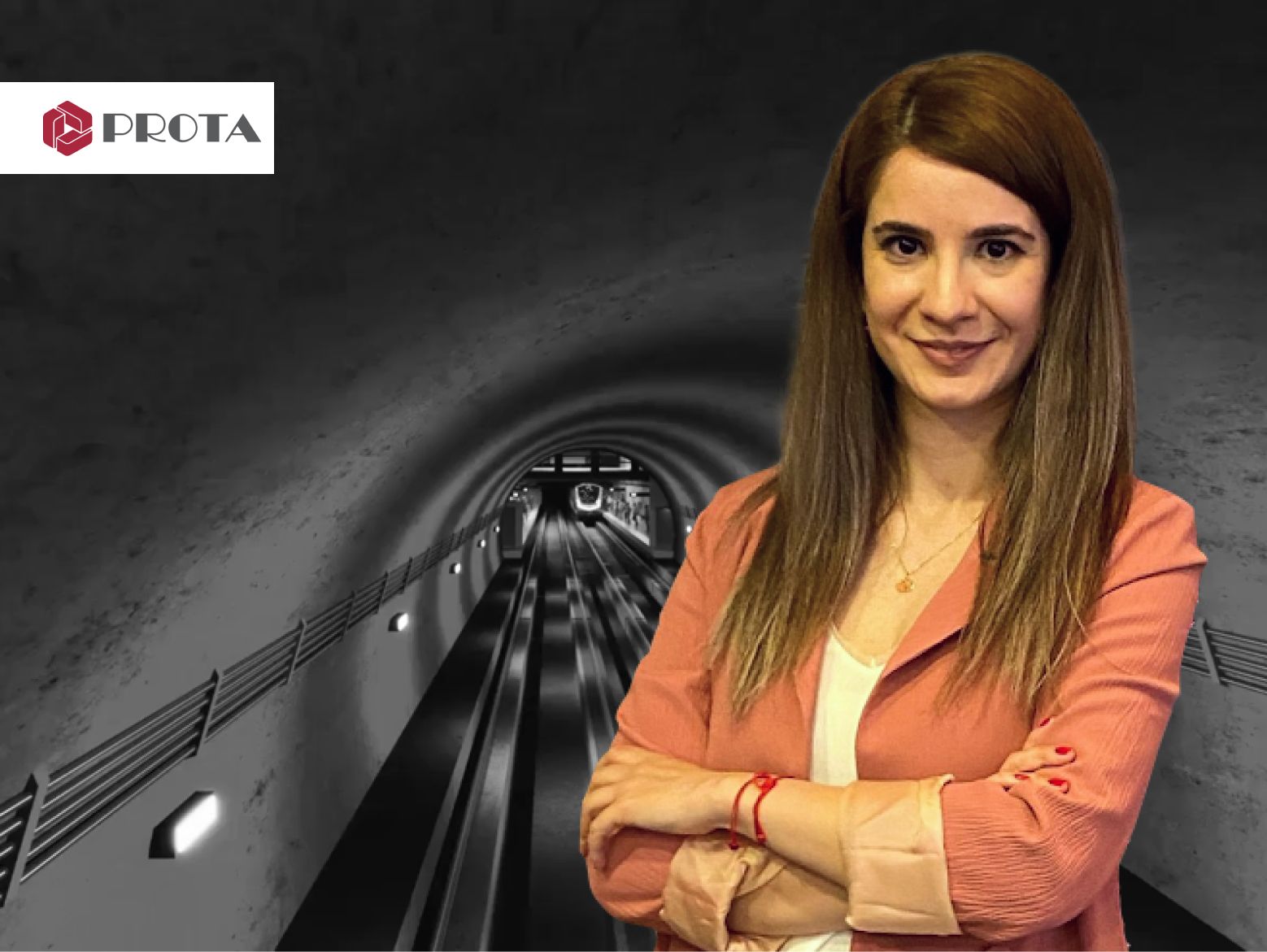Streaming Now – Novatr’s story on The Indian Edtech Story, only on Jio Hotstar.
PROGRAMS
Join thousands of people who organise
work and life with Novatr.
Mitheel Vartak: From an Architect to a Retail Experience Designer
Sanjana Aggarwal
7 mins read
September 04

Retail experience design is about creating an emotional and immersive experience for customers in a retail space, by combining both the digital and physical aspects.
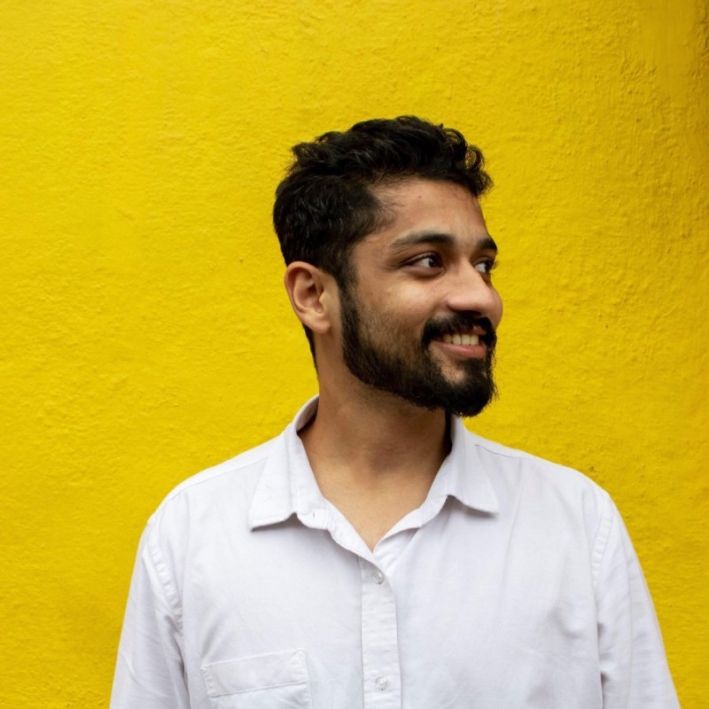
Mitheel Vartak, Experience Designer, APAC at Landor & Fitch
Q1. Tell us about your experience of studying architecture. What were the things that drove you as a student?
My dad is an architect based in Dubai, and since I lived there my whole life, attending college in India was a bit of a cultural shock for me! Everything about Dubai is very structured and organised, whereas in India it is more organic, which makes it very interesting. Having said that, I believe that most architectural education in India is a bit redundant. I found the process restrictive to my creativity as a student- we were encouraged to make more traditional designs rather than let our imagination run wild. I enjoyed making organic, innovative designs over traditionally tried-and-tested ones. Even as a student, I would keep experimenting with 3D software to play with my imagination.
I know that practical limitations are important, but considering the continuous advancement of construction technology, I think architecture in India is stuck in the past, especially when compared to the rest of the world. There is a dynamic, fast-evolving world out there and everything as we know it is going to change in the coming years.

Mitheel creates surreal 3D illustrations that reflect his creativity and love for organic design!
Q2. Where did you work after graduating? What were the different things that led you to the path you’ve chosen today?
After graduating, I worked at P G Patki Architects for over a year, where I was mainly working on hospitality design. I was a part of the team that designed the Trident Hyderabad. I have to say that while I had a good time working with the firm, I was dissatisfied with the way architects are expected to develop new iterations of the same design ideology, working within previously set standards instead of having the freedom to do new things. Spending so much of our time drafting plans and sections felt like making cave paintings! I felt like my creativity wasn’t being put to good use.
After quitting my job at P G Patki, I worked as a freelance architect for two years, when I got to experiment with different things. I started out with a few projects of vacation homes, but again, didn’t feel like I was doing something original! Then I got the opportunity to design a cafe for cats- and that got my imagination running. I enjoyed looking at things from a human (or in this case, animal) centred lens rather than working on large-scale projects that take years to be realised! That is when I applied to FITCH as a retail experience designer, and got the job.
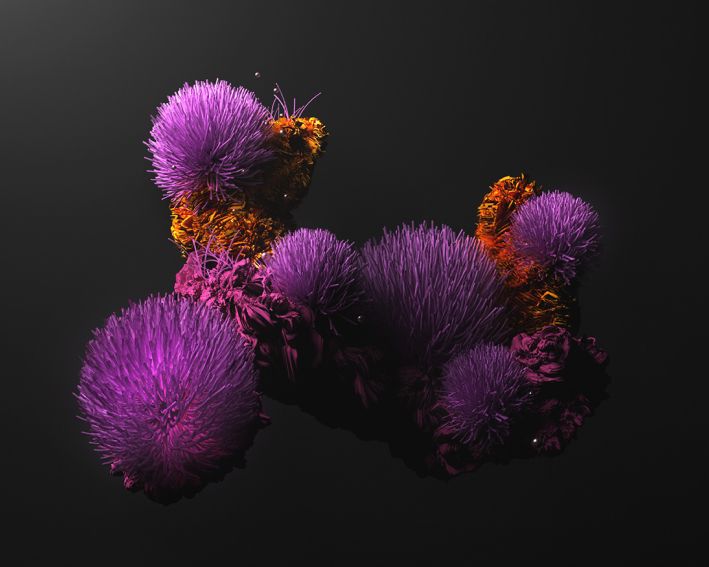
His passion projects are keen observation skills are what helped him realise his potential beyond the realms of traditional architecture. While applying for his job at FITCH, he says 60% of his portfolio consisted of his personal projects.

Q3. What kind of work do you do at FITCH? How is it different from (and similar to) your background in traditional architecture?
At FITCH, we work on designing retail experiences for brands around the world. I didn’t know that communication design was something I had an inherent skill for, but working here has made me realise I was always interested in it. Retail experience design is about creating an emotional and immersive experience for customers in a retail space, by combining both the digital and physical aspects. The aim is to design a memorable experience while putting the brand philosophy across.
Q4. While designing brand experiences, how much emphasis do you place on the physical aspects of the experience as opposed to the digital?
There definitely is a fascination amongst people for exciting digital experiences, and the digital realm will continue to grow in the coming years, but as an architect, I feel that people will always want to come back to reality. The choice of materials, colours, natural light and form of a space will always matter because that is what gives a multi-sensory experience. It makes us feel connected to the real world, rather than just living our life through a screen.

While he did not continue working at an architecture firm, he believes that there are a lot of transferable skills you gain from your architectural experience, which will help you excel in any design field!
Q5. What would be your advice for students or young graduates in architecture and design?
Never stop learning! Keep looking for new things that interest you, and keep building your personal portfolio through passion projects. When I applied for my job at FITCH, 60% of my portfolio was my own self-initiated work, while 40% was professional or academic projects.
Also, as a designer it is important to be observant to the world around you. When I was working at P G Patki, I would take the local train everyday. During my commute, I would keep sketching everything I saw around me- the people, their activities, the surroundings. This is where the seeds for my interest in human experience were sown, without me even realising it. You never know what you will end up doing, but the more you observe, the more equipped you are to design anything for anyone.
Quick question, which softwares do you use to create the illustrations on your instagram page?
You’d be surprised to know that I only use Sketchup for modelling my illustrations! I believe the trick is to know just one software extremely well rather than learning different 3D softwares. But if you know just one software, make sure you can use it to do anything!
To read more interesting professional journeys in the AEC and design industry, head to Novatr's Resources.

Join 100,000 designers who read us every month
